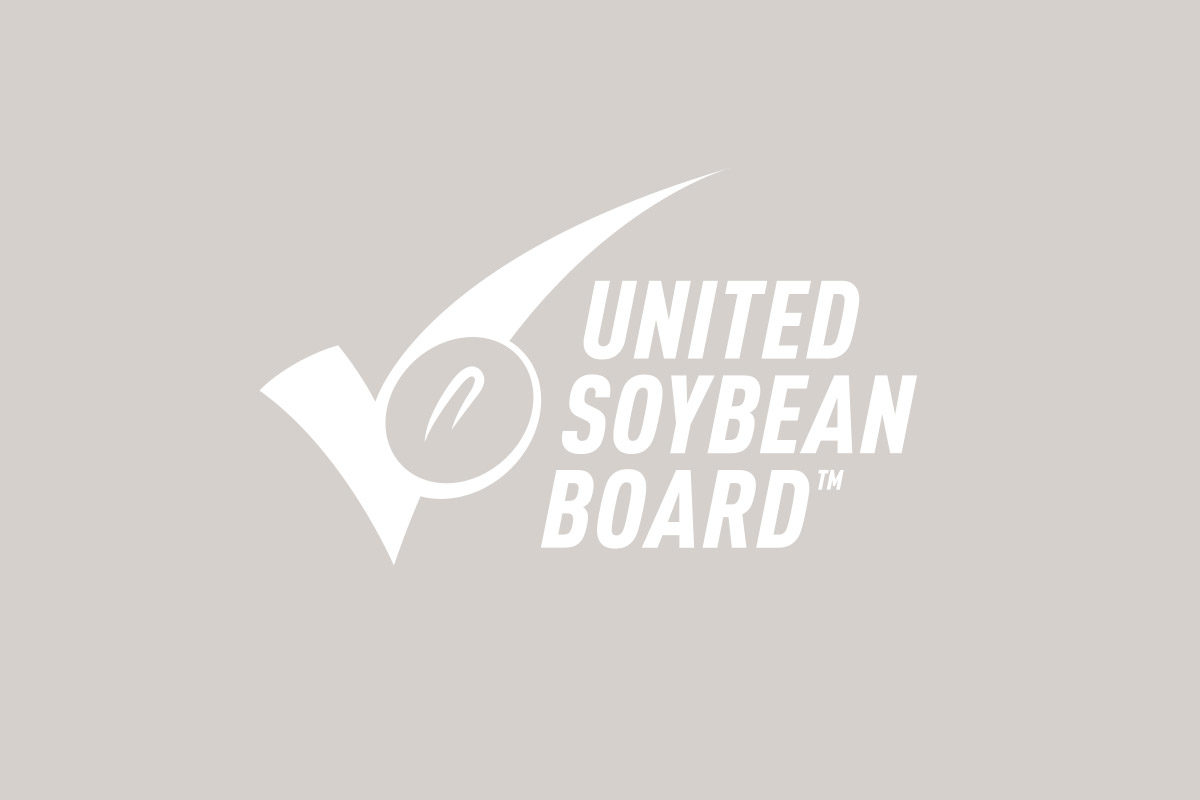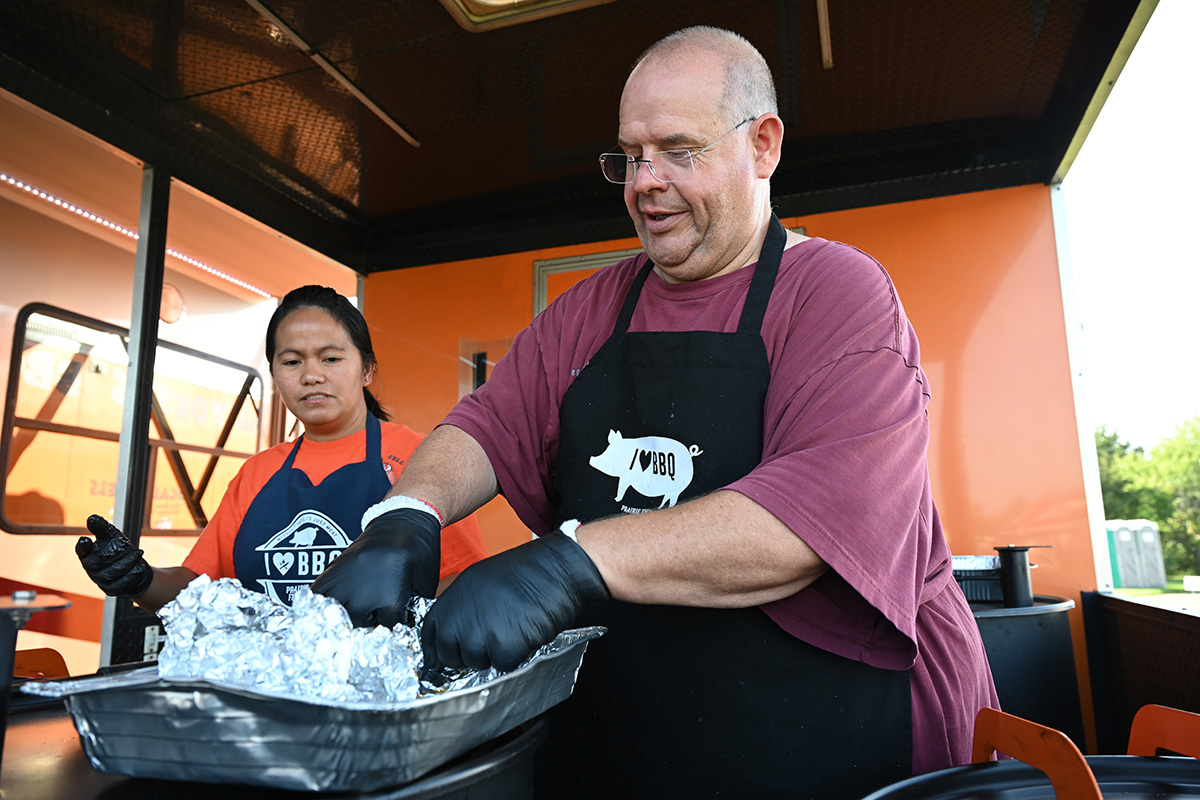Market Development Strategy Strives to do “What it Takes” to Meet Export Goals

With about 60 percent of U.S. soybeans traveling to export markets each year, global customers are vital for the entire industry. From Texas alone, the United States Department of Agriculture valued the 2017 soybean and soybean meal exports at more than $33 million.
With today’s uncertainty in global trade markets, expanding U.S. export markets is top of mind for the U.S. Soybean Export Council, which recently initiated a new strategy. USSEC’s “What it Takes” approach seeks to grow U.S. soybean demand worldwide and mitigate export losses to China.
“USSEC looked at all international markets for U.S. Soy with incremental growth potential and put together projections for the number of exports needed for those markets to make up for volume losses to China,” says Derek Haigwood, a soybean checkoff farmer-leader from Newport, Arkansas, who also serves as USSEC chairman. “Our team is focused on achieving the ‘What it Takes’ goals so the U.S. maintains exports of approximately 60 percent of total U.S. soy production.”
Seminars Spread News of U.S. Soy Advantage Across the World
Part of the new “What it Takes” strategy includes more than 20 seminars held across the globe.
These networking and educational seminars provide soybean buyers, sellers and industry stakeholders opportunities to hear from top-level government and industry leaders. Current and potential customers of U.S. soy receive in-depth information about the U.S. Soy Advantage, building a preference for U.S. soy and soy products with international companies in targeted markets.
“The short-term goal is to offset some of China’s sales losses by getting more deals done,” said USSEC regional director, Brent Babb. “Longer term, we want to maximize the value of U.S soy in many markets where it’s becoming the standard.”
Seminars will take place in countries where USSEC data shows high growth, such as Egypt, a market where whole U.S. soybean exports have increased 566 percent over last year; Portugal, where those exports are up more than 157 percent; and Pakistan, which has seen a nearly 34 percent increase.
These seminars work with USSEC’s international marketing strategy to diversify demand for U.S. soy exports by growing emerging markets with significant future potential.
“We’ve retooled our long-term international marketing strategy,” says Haigwood. “We’ve identified key target markets and divided them into different categories: basic, expansion and mature. The revised international marketing strategy shifts more funding to invest in new markets with an increasing emphasis on growing demand.”
Keeping a Finger on the Pulse of U.S. Soybean Industry Stakeholders
With this strategy comes the need to stay on top of trends within the broader agriculture industry. USSEC members, stakeholders and staff met to discuss several pertinent, industry-related topics during the International Marketing Dialogue, held in St. Louis in December. During the meeting, U.S. exporters provided input to USSEC leadership and soy checkoff farmer-leaders on ways to expand markets for U.S. Soy in new regions.
“Every part of the soy value chain needs to work together, whether it’s farmers, biotech companies, exporters, equipment producers or USSEC,” says Haigwood. “We’ve got to build relationships at every level. Connecting with stakeholders is the most important thing USSEC does at the International Marketing Dialogue.”
At the IMD meeting, Matt Rekeweg, of industry partner Dow AgroSciences and chair of USSEC’s market access working group, reported the U.S. Soy Sustainability Assurance Protocol seal is serving as an effective marketing tool and differentiator for consumers — buyers have verified 46 percent of U.S. soybean exports through an SSAP certificate.
Tori Sorensen, marketing director at the global agricultural equipment manufacturer Insta-Pro International and vice chair of the USSEC’s animal utilization and aquaculture group, also presented at IMD. She spoke about the importance of countering Canadian soybean promotional efforts, embracing non-GMO markets and educating the medical industry about the health aspects of soybeans.
“It’s critical for us to hear from our industry partners what we should be looking out for and listen to their input on what potentially lies ahead,” says Haigwood.
USSEC’s 2018/19 goal is to export just over 2.5 billion bushels of U.S. soybeans
“I want my fellow U.S. soybean farmers to know that USSEC and the soy checkoff are hard at work,” says Haigwood. “We’re leveraging relationships and connecting buyers and sellers around the world in a number of markets to sell our soy.”
Source for 2017 Texas exports



